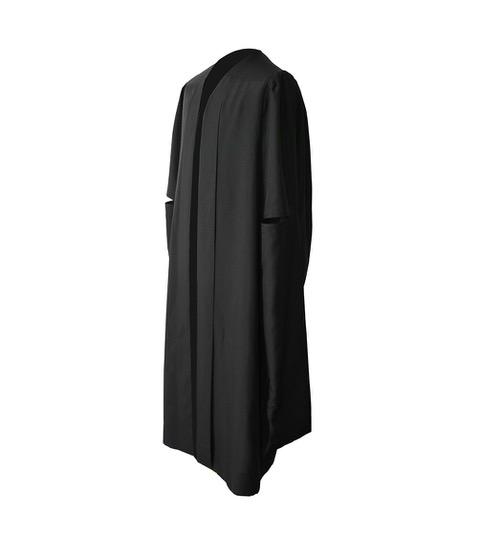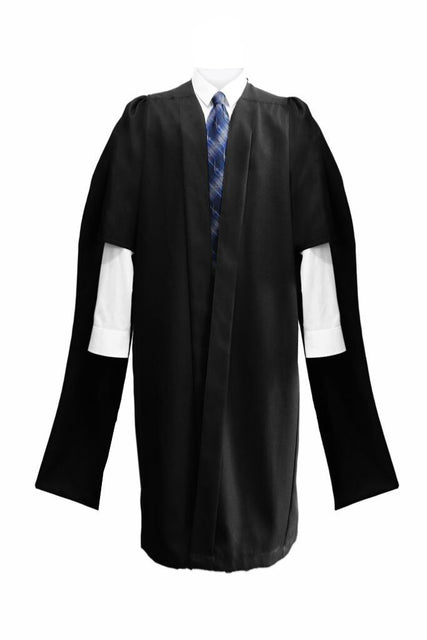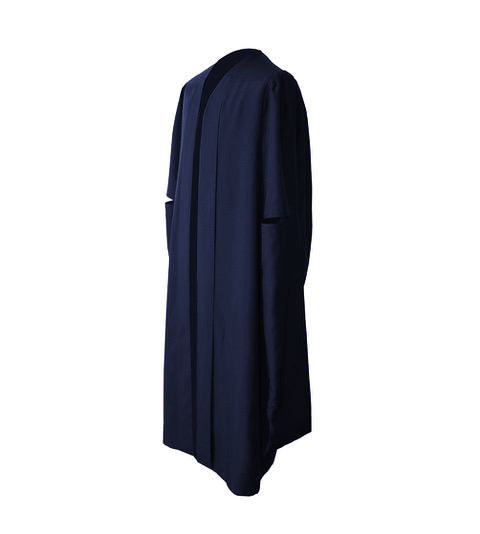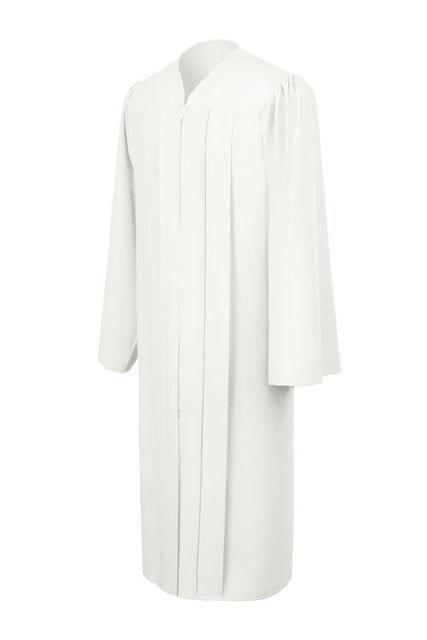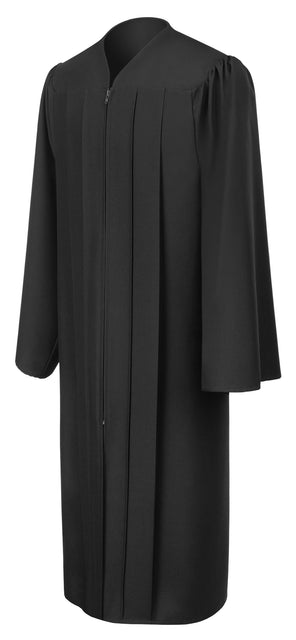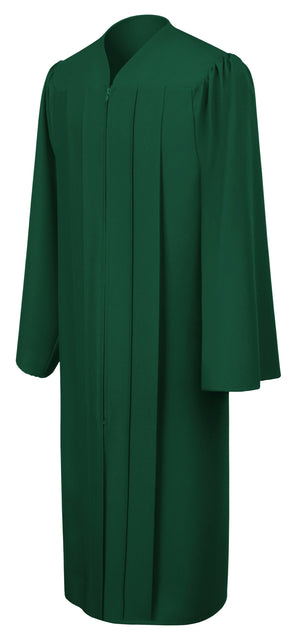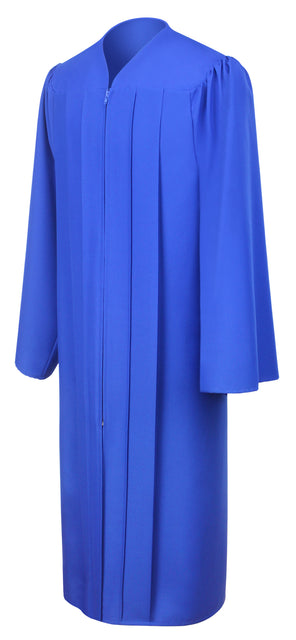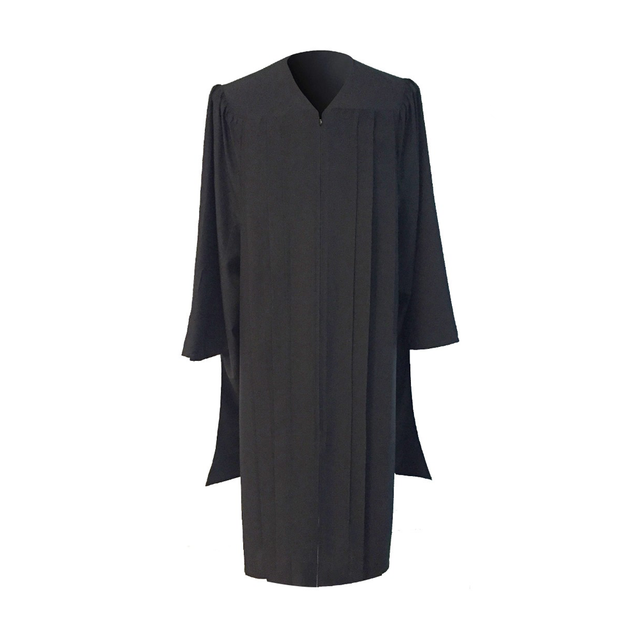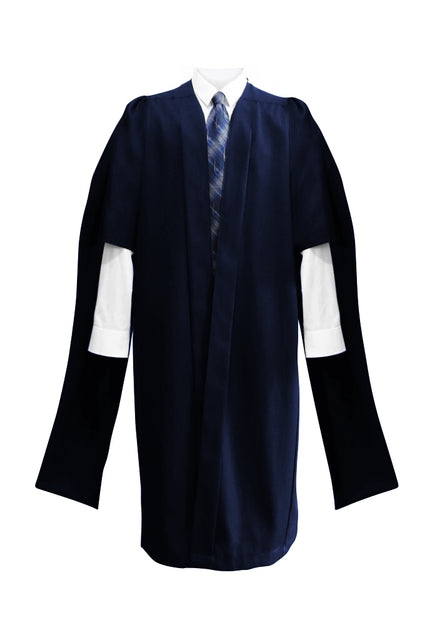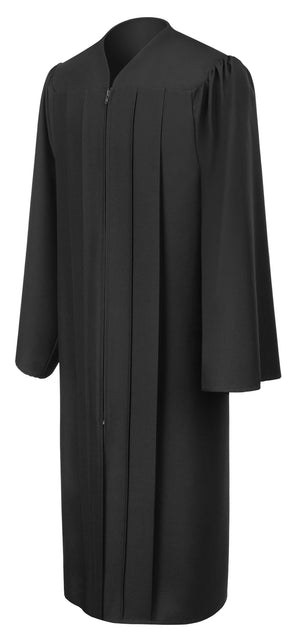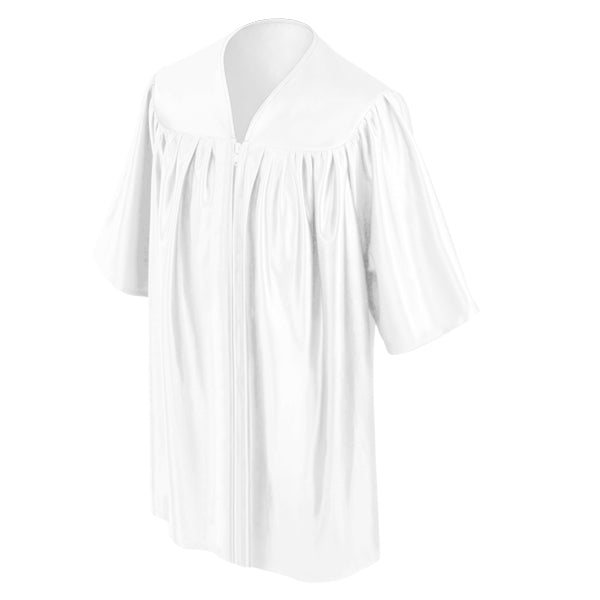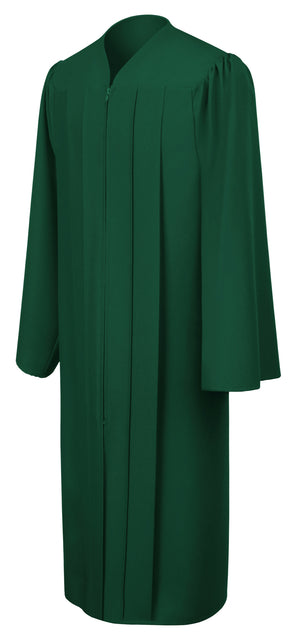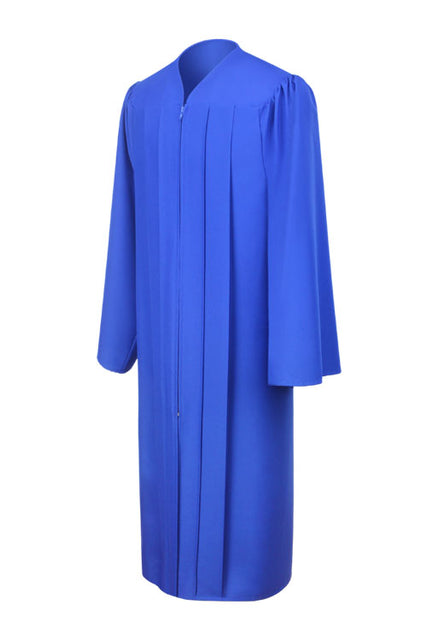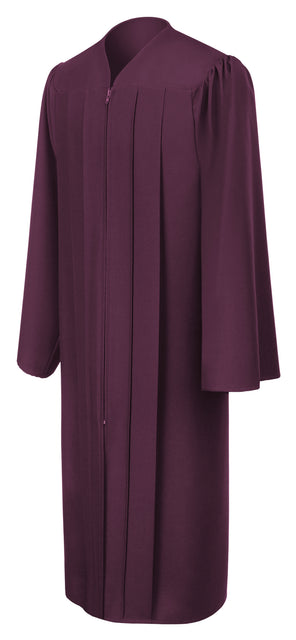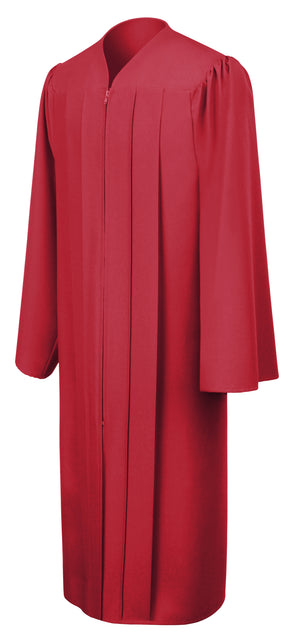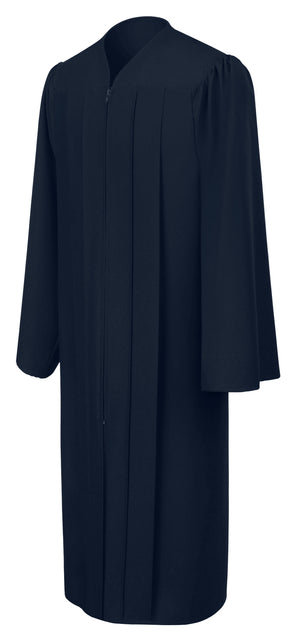Graduation Gowns - UK Academic Robes 35 Results
Classic Black Bachelors Graduation Gown - UK University Gown
9List price: £29.95 As low as: £17.97

Deluxe Black Bachelors Graduation Gown - UK University Gown
8List price: £49.95 As low as: £29.97
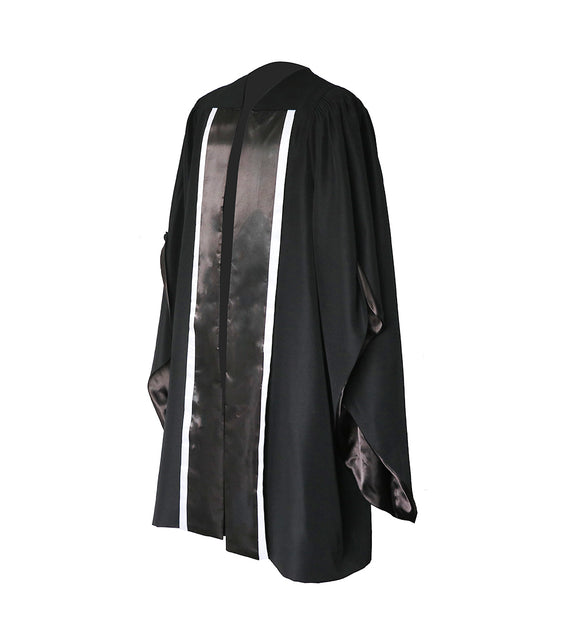
Custom Doctoral Gown - UK Doctorate University Gown
7List price: £199.95 As low as: £119.97

Classic Navy Bachelors Graduation Gown - UK University Gown
7List price: £29.95 As low as: £17.97

Deluxe Navy Bachelors Graduation Gown - UK University Gown
8List price: £49.95 As low as: £29.97
For hundreds of years, graduates all over the world commemorate their academic achievements by attending their graduation ceremonies in a graduation gown. Wearing a graduation gown is both an honor and privilege for it symbolizes hard work, perseverance and adherence to the conventional standard of the graduate's academic institution A graduation gown is more than just an item of clothing for it comes with a powerful statement that evokes dignity and pride to its wearer. Let’s take a look into the history of graduation gowns and understand why this age-old tradition remains relevant up to this day and age.
Academic Dress History – Where it Started?
The long-established tradition of wearing graduation gowns, caps, and other accessories has gradually evolved since its early beginning in Europe in the 12th century.
In the earlier days, scholars were mostly priests and monks who wore cassocks, a full-length, heavy, and black garment. A cassock is a comfortable item of clothing for it can help its wearer stay warm especially during the cold winter. To limit the excess of clothing, the cassocks then became the official graduation gown for these scholars until such time when a standard gown was made official. As education and institutions developed, so did the graduation gown. A standardized gown was then established later on which downgraded the cassock from a graduation gown to just a mere undergarment. Then in the year 1222, the Archbishop of Canterbury in England mandated the official use of 'cappa clausa' to graduating students. A 'cappa clausa' is a sleeveless robe-like outfit that features an opening in the front. In the 16th century, the universities of Oxford and Cambridge replaced the 'cappa clausa' with a graduation gown that still features an opening in the front but with long sleeves.
A graduation gown will never be complete without a graduation cap and this too has evolved as well. To complete their ensemble, scholars also used to wear hoods along with their graduation gowns. It is a separate headwear that features a cape to cover the shoulders and a 'liripipe' which is a long tail hanging from the back of the hood. Since it was traditional for scholars to wear hats, ruffs, or wigs in the earlier days, the hood was deemed inconvenient and uncomfortable that it was replaced with graduation caps. These caps were inspired by the birettas, a square cap with three flat projections on top commonly worn by priests and monks. Which is now referred to today as a cap and gown.
Changes in Shapes and Colors of Gowns
Medieval England is known for its sumptuary law that strictly regulated the color and fabric that people were allowed to wear back in the day and graduation gowns were no exception. Aside from color and fabric, the sumptuary law also regulated the shape of the gown as well as the accouterments that come with it. Judges, bishops, university officials, holders of doctorate degrees were assigned the scarlet color which represents royalty while black is the color for the majority of the graduates. Gradually, the shapes and colors of the graduation gowns were later developed to represent a specific degree such as BA, MA, and doctorates. Later on, the universities of Oxford and Cambridge designed a black, open sleeves gown with hoods and fur or silk lining depending on the graduate's degree. Those who graduate from Masters were assigned a black gown that features Tudor sleeves that form a square shape as it drapes down to the floor. For the lining, graduates from Masters were given the honor to wear an expensive silk lining while graduates of bachelor's degrees were assigned to wear a simpler white fur lining. Regulating this ensemble for the students' graduation ceremony was fairly easy then since there were only a few universities in the early days. As time progressed, more universities were then established and each was given the freedom to assign the graduation dress of their respective academic institutions.
How the History of Academic Dress Still Affects Us
The prestigious universities of Oxford and Cambridge have set a standard for graduation gowns that are being followed by other universities even up to this day. Some of these universities even stick to the fur on hoods for their graduates of bachelor's degrees while silk on hoods for their graduates of Masters. As universities continued to grow in numbers in the United Kingdom, a plethora of colors and styles were also developed to create a personalized attire that’s unique to a particular academic institution. Today, purple is the chosen color for the graduates from the universities of Portsmouth and Manchester. Their graduation gowns also come in a corporate design that is more formal and conservative. Other universities including Aston, Glamorgan, and Brighton boast a graduation gown that features a hood with woven logos to represent their respective universities. The long history of graduation gowns tells a beautiful story of the gown’s evolution from the middle ages up to the 21st century. It is highly important to uphold this tradition because it helps each graduate achieve the feeling of affiliation and devotion to their alma mater. No matter the circumstances, graduates will always choose to wear their graduation gowns on their graduation day even if they're only allowed to attend online graduations. A graduation ceremony marks a special milestone in an individual's life and celebrating it in complete attire is very important even for online graduation where students are only allowed to celebrate at the comfort of their own homes.

